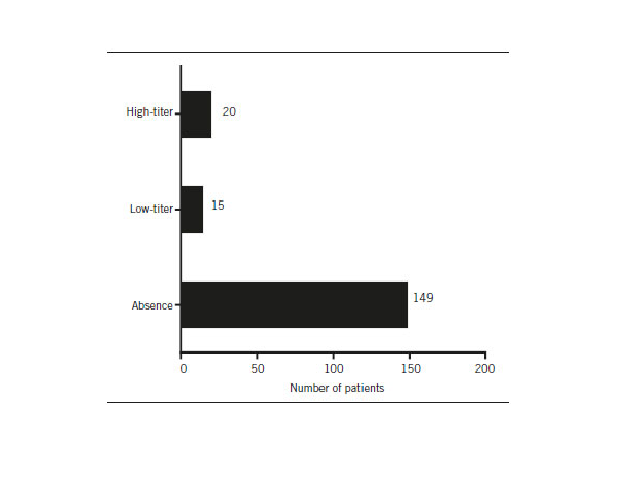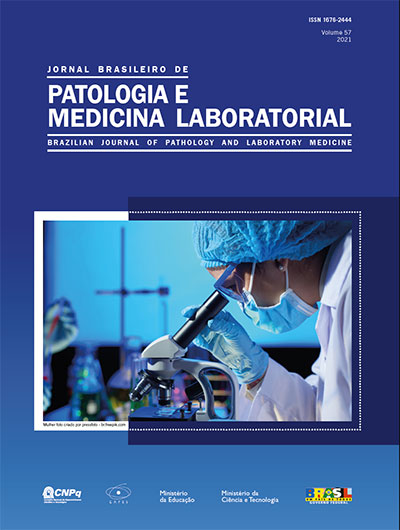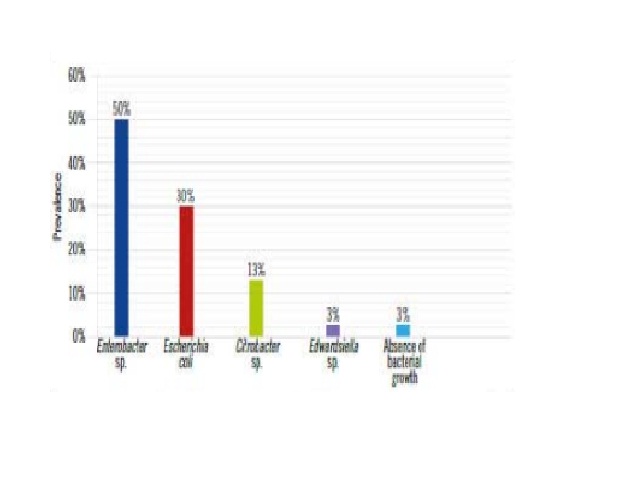Incidence of factor VIII inhibitory antibodies in patients with hemophilia A seen at HEMOCE, Ceará, Brazil
Rosineide A. Carvalho; Paulo Henrique da Silva; Railson HennebergJ. Bras. Patol. Med. Lab. 2016;52(6):382-386DOI: 10.5935/1676-2444.20160056 ABSTRACT INTRODUCTION: Hemophilia A is an inherited disease caused by a deficiency of factor VIII, which results from a genetic inheritance located on the X chromosome. During treatment of patients with this disorder, factor VIII inhibitors may be present, which are […]






